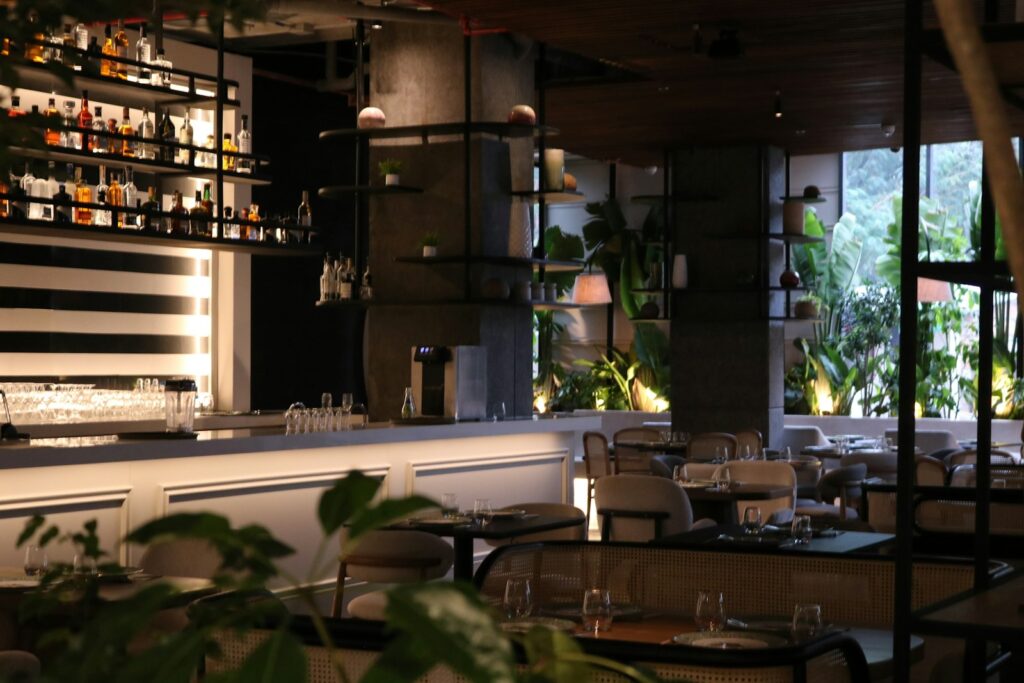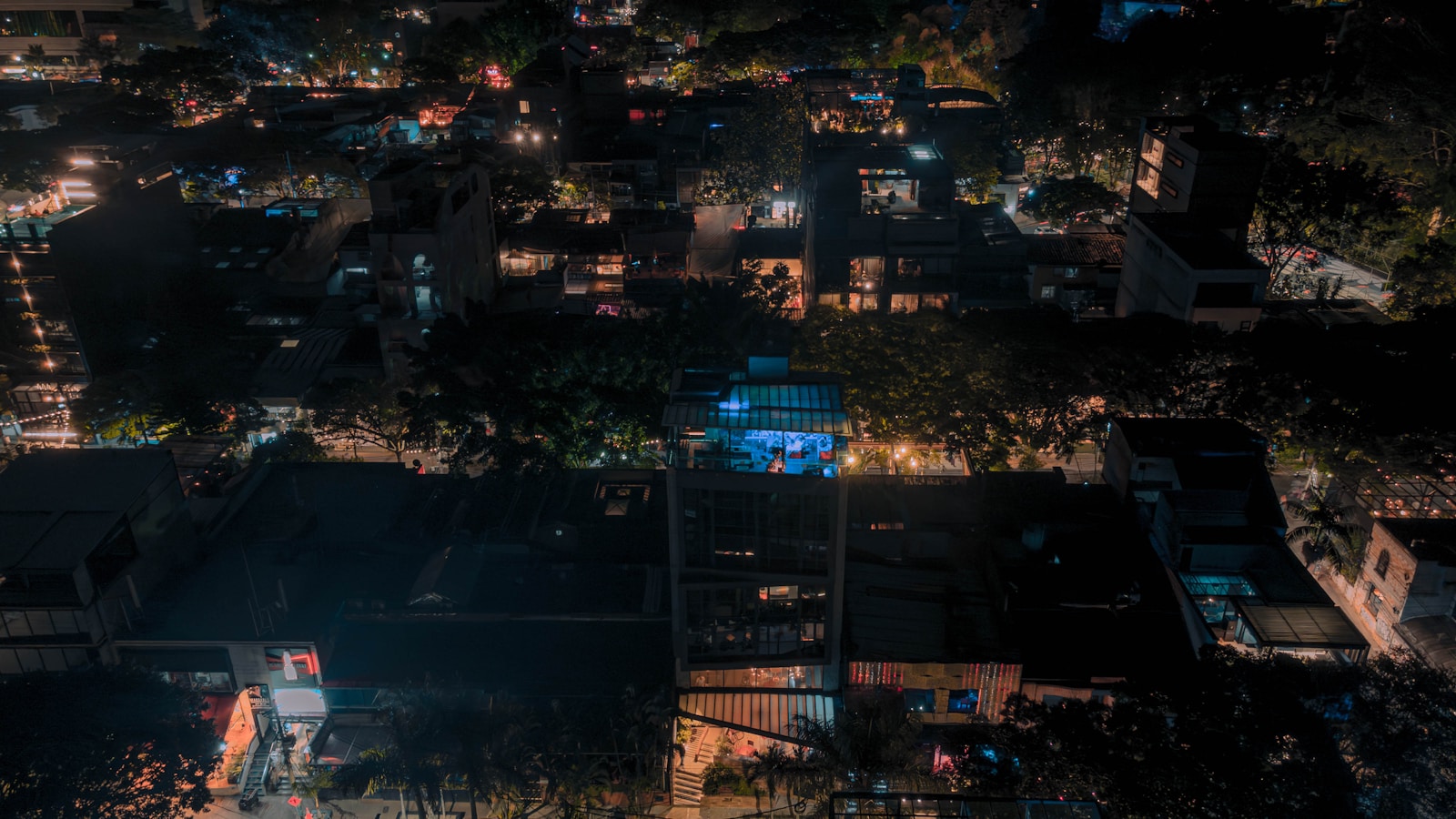Medellín, Colombia’s second-largest city, is poised for a remarkable tourism boom, with projections indicating a 9% annual growth in international visitors over the next five years. This surge in tourism is set to transform the city’s economy, culture, and global reputation, cementing Medellín’s status as a must-visit destination in South America. Let’s explore the factors driving this growth, the potential impacts, and the challenges that lie ahead for the “City of Eternal Spring.”
Historical Context and Recent Transformation
To understand the significance of this projected growth, it’s essential to consider Medellín’s tumultuous history and recent transformation. Once notorious for drug-related violence and crime in the 1980s and 1990s, Medellín has undergone a remarkable metamorphosis over the past two decades.
The city’s turnaround began in the early 2000s with a series of innovative urban development projects, social programs, and infrastructure improvements. These initiatives, collectively known as “social urbanism,” aimed to reduce inequality, improve public spaces, and enhance the quality of life for all residents.
Key projects included:
- The Metrocable system: A network of cable cars connecting hillside communities to the city center, improving mobility and social integration.
- Library Parks: Cultural centers combining libraries, green spaces, and community facilities in underserved neighborhoods.
- The Circumvent Garden: A series of eco-parks and pedestrian paths encircling the city, providing recreational spaces and environmental benefits.
- Innovation District: A hub for technology startups, research centers, and educational institutions, fostering entrepreneurship and economic diversification.
These transformative projects not only improved life for locals but also caught the attention of the international community. Medellín’s innovative approach to urban development earned accolades such as the “Most Innovative City” award from the Urban Land Institute in 2013 and the Lee Kuan Yew World City Prize in 2016.
Factors Driving the Projected 9% Annual Growth
Several key factors are contributing to the anticipated 9% annual growth in international visitors to Medellín over the next five years:
- Improved Safety and Security
While challenges remain, Medellín has made significant strides in improving safety and security. The homicide rate has dropped dramatically since the 1990s, and the city has implemented various programs to address crime and violence. As perceptions of safety improve, more international travelers are likely to consider Medellín as a viable destination.
- Enhanced Air Connectivity
José María Córdova International Airport, serving Medellín, has expanded its international routes and increased flight frequencies in recent years. New direct flights from major cities in North America, Europe, and other parts of Latin America have made the city more accessible to international travelers. This trend is expected to continue, further fueling tourism growth.
- Rise of Digital Nomads and Remote Workers
Medellín has emerged as a popular destination for digital nomads and remote workers, attracted by the city’s affordable cost of living, pleasant climate, and growing ecosystem of co-working spaces and startup incubators. The COVID-19 pandemic has accelerated the trend towards remote work, potentially benefiting cities like Medellín that offer an attractive lifestyle for location-independent professionals.
- Diversification of Tourism Offerings
Medellín has been working to diversify its tourism offerings beyond its traditional attractions. New initiatives focus on eco-tourism, adventure sports, gastronomy, and cultural experiences. The city’s surrounding region, known as Antioquia, offers opportunities for coffee tourism, hiking, and exploring traditional Colombian villages.
- Investment in Tourism Infrastructure
The local government and private sector have been investing in tourism infrastructure, including new hotels, restaurants, and attractions. This investment is creating a more robust and diverse tourism ecosystem capable of accommodating increased visitor numbers.
- Positive Word-of-Mouth and Media Coverage
As more international visitors experience Medellín’s transformation firsthand, positive word-of-mouth recommendations are spreading. Additionally, the city has received favorable coverage in international media outlets, further raising its profile as a desirable destination.
- Cultural Events and Festivals
Medellín hosts several high-profile events and festivals that attract international visitors, such as the Feria de las Flores (Flower Festival) and the Medellín International Poetry Festival. These events showcase the city’s culture and creativity, drawing tourists from around the world.

Potential Impacts of the Tourism Boom
The projected 9% annual growth in international visitors is likely to have wide-ranging impacts on Medellín:
Economic Benefits:
- Job Creation: The tourism sector is expected to generate numerous jobs in hospitality, transportation, tour operations, and related industries.
- Increased Foreign Exchange: Higher international visitor numbers will bring more foreign currency into the local economy.
- Business Opportunities: Growth in tourism will create opportunities for local entrepreneurs to develop new tourism-related businesses and services.
- Economic Diversification: A thriving tourism sector can help diversify Medellín’s economy, reducing reliance on traditional industries.
Cultural Exchange:
- Global Exposure: Increased international visitors will expose more people to Medellín’s culture, history, and way of life.
- Language Learning: Greater interaction with international visitors may encourage more locals to learn foreign languages, particularly English.
- Cultural Preservation: Tourism can incentivize the preservation and promotion of local cultural traditions and heritage sites.
Urban Development:
- Infrastructure Improvements: To accommodate more visitors, the city may need to invest in upgrading transportation, accommodation, and other infrastructure.
- Neighborhood Revitalization: Tourism growth could spur the revitalization of certain neighborhoods, potentially leading to gentrification concerns.
- Sustainable Development: The tourism boom may encourage the adoption of more sustainable practices in urban planning and development.
Challenges and Considerations
While the projected growth in international visitors presents numerous opportunities, it also poses several challenges that Medellín will need to address:
- Overtourism Concerns
As visitor numbers increase, there’s a risk of overtourism in popular areas, potentially leading to overcrowding, environmental degradation, and strain on local resources. The city will need to implement strategies to manage tourist flows and ensure sustainable growth.
- Maintaining Authenticity
With rapid tourism growth, there’s a danger of commercialization and loss of local authenticity. Medellín will need to strike a balance between catering to international visitors and preserving its unique cultural identity.
- Income Inequality and Gentrification
The economic benefits of tourism may not be evenly distributed, potentially exacerbating existing income inequalities. Rising property values in popular tourist areas could lead to gentrification, displacing long-time residents.
- Environmental Sustainability
Increased tourism can put pressure on natural resources and ecosystems. Medellín will need to prioritize sustainable tourism practices to minimize environmental impacts.
- Safety and Security Perceptions
While safety has improved significantly, Medellín still struggles with lingering perceptions of danger. Ongoing efforts will be needed to ensure visitor safety and combat negative stereotypes.
- Infrastructure Capacity
The city’s infrastructure, including transportation systems and waste management, will need to keep pace with growing visitor numbers to avoid strain on local resources.
- Workforce Development
To meet the demands of a growing tourism sector, Medellín will need to invest in training and education programs to develop a skilled hospitality workforce.
Strategies for Sustainable Tourism Growth
To maximize the benefits of the projected 9% annual growth in international visitors while mitigating potential negative impacts, Medellín can consider the following strategies:
- Develop a Comprehensive Tourism Master Plan
Create a long-term strategic plan that outlines sustainable tourism development goals, identifies key target markets, and establishes guidelines for responsible growth.
- Implement Visitor Management Techniques
Use technology and smart city solutions to monitor and manage tourist flows, spreading visitors across different attractions and neighborhoods to prevent overcrowding.
- Promote Community-Based Tourism
Encourage the development of community-based tourism initiatives that directly benefit local residents and showcase authentic cultural experiences.
- Invest in Sustainable Infrastructure
Prioritize eco-friendly transportation options, green buildings, and renewable energy solutions to support tourism growth while minimizing environmental impacts.
- Diversify Tourism Offerings
Continue to develop new attractions and experiences that showcase different aspects of Medellín’s culture, history, and natural surroundings, encouraging visitors to explore beyond the most popular sites.
- Foster Innovation in Tourism
Support startups and entrepreneurs developing innovative tourism products and services, positioning Medellín as a leader in smart and sustainable tourism.
- Enhance Local Participation
Involve residents in tourism planning and decision-making processes to ensure that growth benefits the local community and addresses their concerns.
- Strengthen Regional Cooperation
Collaborate with neighboring municipalities and the broader Antioquia region to create integrated tourism experiences and distribute the benefits of tourism more widely.
- Implement Responsible Marketing Strategies
Develop marketing campaigns that attract responsible travelers and educate visitors about local customs, environmental conservation, and responsible tourism practices.
- Monitor and Evaluate the Impact
Establish a robust system for monitoring the economic, social, and environmental impacts of tourism growth, allowing for data-driven decision-making and adaptive management.
Conclusion
The projected 9% annual growth in international visitors to Medellín over the next five years represents a significant opportunity for the city to solidify its position as a world-class destination. This growth is a testament to Medellín’s remarkable transformation and the success of its innovative urban development strategies.
However, with this opportunity comes the responsibility to manage growth sustainably and inclusively. By addressing potential challenges proactively and implementing strategies for responsible tourism development, Medellín can harness the power of tourism to drive economic prosperity, cultural exchange, and urban innovation.
As the “City of Eternal Spring” continues to bloom in the eyes of international travelers, it has the potential to become a model for sustainable urban tourism in Latin America and beyond. The coming years will be crucial in shaping Medellín’s tourism future, and with careful planning and community engagement, the city is well-positioned to thrive in this new era of growth and global recognition.





